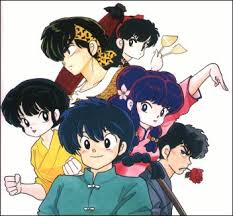
It is a well known fact that two of the most popular otaku genres (discounting old classics like the giant robot) are Moe (pronounced mo-eh), and self-parody. Self-parody is popular for obvious reasons, namely the fact that we otaku love talking about ourselves. Moe (AKA cute young girls doing stuff that is cute) is a bit more complex, and I do not feel like delving into that can of worms at the moment. Nice examples of self-parody series include Genshiken and Welcome to the NHK. Examples of Moe that did not make me retch are Azumanga Daioh! and The Melancholy of Haruhi Suzumiya. The anime I am about to tell you about today is an amalgamation of the two, a "Genshiken Daioh!", a "Welcome to the Melancholy of Haruhi". It is titled "Ore no Imooto ga Konna ni Kawaii Wake ga Nai", or in English, "My Little Sister can't be this Cute". Let's call it "Oreimo" for short.
One day, average Japanese teenager Kyousuke Kousaka discovers an ero-game lying around the house. Later that day, his younger sister (do you hear that sound? It is fan boys drooling) Kirino kicks him out of bed, asking for advice. She lead him to her bedroom, and reveals to him her...rather large collection of ero-games (the joke is they're all little-sister games), expensive merchandise, and magical girl anime. Kyousuke never knew it, but Kirino is a major otaku! And so, despite his lack of interest in the otaku community, Kyousuke takes it upon himself to help his sister figure out how to live with her niche hobby.
I found Oreimo to be very similar in mood to Haruhi, which, like Oreimo, is based on a light novel. The world is bright and cheery, laughter is infectious, the cute girls are cute, and Kyou-kun is the exact same character, not that there's any problem with that. At the same time, the show gives a true to life depiction of the otaku lifestyle (with the exception of some oddities) up there with Genshiken. Surprisingly, the two styles do not clash, nor do they neuter each other. The only place where it felt even slightly mismatched was in Kirino's obsession with gal-games,and that was taken seriously enough within the story (not to say it isn't played for laughs sometimes) to not affect my enjoyment of the series. Perhaps it even raises a good (if unintentional) point about otaku culture's often confused sense of sexuality. Why ARE little sisters so popular? Is there some deeper meaning to the perseverance of gender swap and harem shows? Who cares?
Anyway, I found Oreimo to be a fun, smart, rollicking good time, though the people reading my blog (i.e. my family) may disagree. I'd make a closing statment, but I have a feeling it would change, just like the end credits did every episode. OK, done!
Oreimo is currently streaming HERE on Anime News Network
Update: I was right! My opinion about the show DID change. Not Genshiken. Not Hrauhi. This is nothing but crass entertainment. But you know what? I was entertained, so I'm okay. But you should avoid this. It is the Two and a Half Men of anime


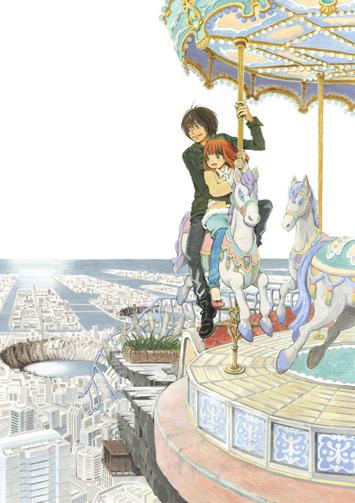
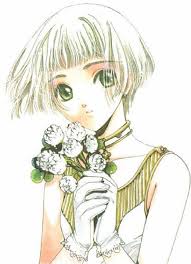






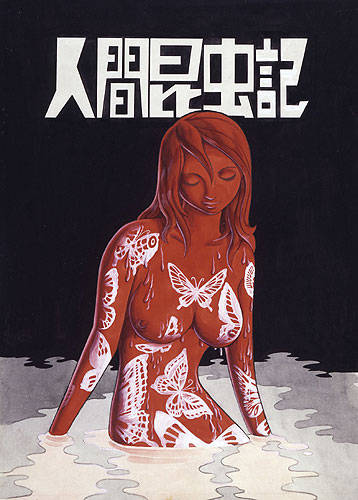



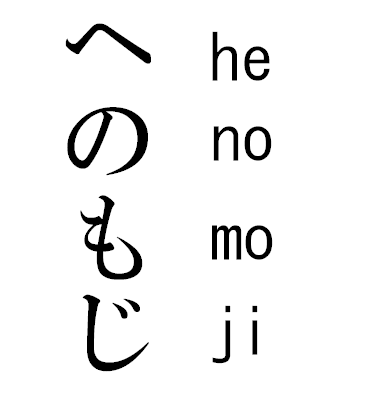
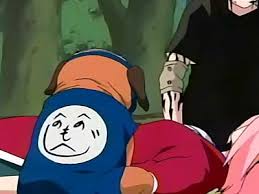


 So, the mold has been set. Shinji and crew will ride those amazing Evas into grand adventures. A bold new era has begun...nope. Beginning now is the grim second half of the saga. Actually, that's not totally true, as nothing all that tragic has happened yet. But one can sense a major shift in the story. Episode 12 "The Value of Miracles/ She said, "Don't make others suffer for your personal hatred."" reveals Misato's dark childhood for the first time, completely changing our perception of the character. The battle with the eighth angel, Sandalphon, could have been incredibly silly, but ends up being surprisingly tense. These children could die, it's no joke. The Eva units are not involved in the angel attack in Episode 13, and 14 and 15 do not feature the angels at all. Episode 14, "Seele, Throne of Souls/Weaving a Story" serves as an end of part one, with clip show in the first half detailing what has happened so far, the first surreal scene of the series, and a couple of teaser shots of what's to come. And yet, it somehow doesn't feel truly final until episode 15, "Lies and Silence/Those women longed for the touch of others' lips, and thus invited their kisses." (I cannot stand these bulky english titles). The episode focuses on Misato and Kaji's relationship, though Shinji and Asuka share a scene as well, in what may be the final funny scene of NGE (I won't spoil it, it's priceless). At the end of the episode, Kaji is revealed to be a spy, and Misato holds a gun to his head, warning him of the danger he is in. Kaji opens a door to a room that Misato has never seen. Within the dark room is a giant white figure tied to a giant red cross and impaled with a giant spear. Kaji says the creaure is Adam. The first angel. The cause of the Second Impact. At this moment, chapter one is over. No more fun and games. No more monster-of-the-week. No more Penpen. Only instrumentality.
So, the mold has been set. Shinji and crew will ride those amazing Evas into grand adventures. A bold new era has begun...nope. Beginning now is the grim second half of the saga. Actually, that's not totally true, as nothing all that tragic has happened yet. But one can sense a major shift in the story. Episode 12 "The Value of Miracles/ She said, "Don't make others suffer for your personal hatred."" reveals Misato's dark childhood for the first time, completely changing our perception of the character. The battle with the eighth angel, Sandalphon, could have been incredibly silly, but ends up being surprisingly tense. These children could die, it's no joke. The Eva units are not involved in the angel attack in Episode 13, and 14 and 15 do not feature the angels at all. Episode 14, "Seele, Throne of Souls/Weaving a Story" serves as an end of part one, with clip show in the first half detailing what has happened so far, the first surreal scene of the series, and a couple of teaser shots of what's to come. And yet, it somehow doesn't feel truly final until episode 15, "Lies and Silence/Those women longed for the touch of others' lips, and thus invited their kisses." (I cannot stand these bulky english titles). The episode focuses on Misato and Kaji's relationship, though Shinji and Asuka share a scene as well, in what may be the final funny scene of NGE (I won't spoil it, it's priceless). At the end of the episode, Kaji is revealed to be a spy, and Misato holds a gun to his head, warning him of the danger he is in. Kaji opens a door to a room that Misato has never seen. Within the dark room is a giant white figure tied to a giant red cross and impaled with a giant spear. Kaji says the creaure is Adam. The first angel. The cause of the Second Impact. At this moment, chapter one is over. No more fun and games. No more monster-of-the-week. No more Penpen. Only instrumentality.



